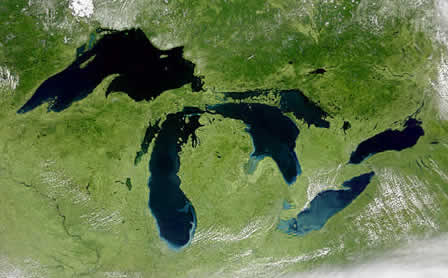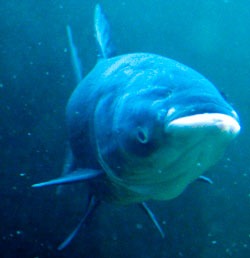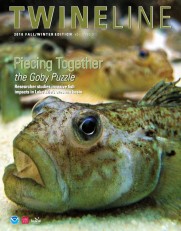Great Lakes lamprey control program will see cuts next year
0
The Great Lakes Fishery Commission’s sea lamprey control program will see a significant reduction in support next year. Funding to the commission for its anti-lamprey efforts will be $18.7 million in 2012, a 14% reduction compared to 2010.
Researchers and members of the Great Lakes Fishery Commission fear this reduction will undo years of progress, as 90% of the fishery commission’s budget is put toward the control of sea lamprey. While the Great Lakes Fishery Commission understands the need for tough budget cuts, its members say that program to control sea lampreys pays for itself.
The lamprey program is considered “one of the great conservation success stories of the past half-century,” as the sea lamprey count in the Great Lakes has been reduced by almost 90%. It is crucial for the health and wellbeing of native aquatic species in the Great Lakes that this control be sustained, say commission members.
Native to the Atlantic Ocean, sea lampreys are an extremely destructive aquatic species; they have invaded all five Great Lakes after accidental introduction in the early 20th century through shipping canals. The adult lamprey has a circular, disc-like mouth with extremely sharp teeth, with which it attaches to the side of a fish in order to feed on it. This scars and usually kills the prey fish, as only one in seven survive such attacks.
One sea lamprey will, on average, kill more than 40 pounds of fish over a lifetime. This deadly creature preys on all species of Great Lakes fish, including trout, salmon, whitefish, walleye, and catfish; because they are not native to the region, their aggressive behavior provides a strong advantage over the fish native to the Great Lakes.
The Great Lakes Fishery Commission is charged with coordinating research, controlling invasive species, and facilitating fishery management within the Great Lakes Region.
Sea Lampreys: A Great Lakes Invader [Great Lakes Fishery Commission] Special Report – Protecting our Great Lakes Fishery [Great Lakes Basin Report] $3 million budget cut could sting sea lamprey control program [Milwaukee Journal Sentinel] Great Lakes Agency Fears Lamprey Program Cuts [Chicago Tribune]
Image Credit: http://www.flickr.com/photos/edans/ / CC BY 2.0













